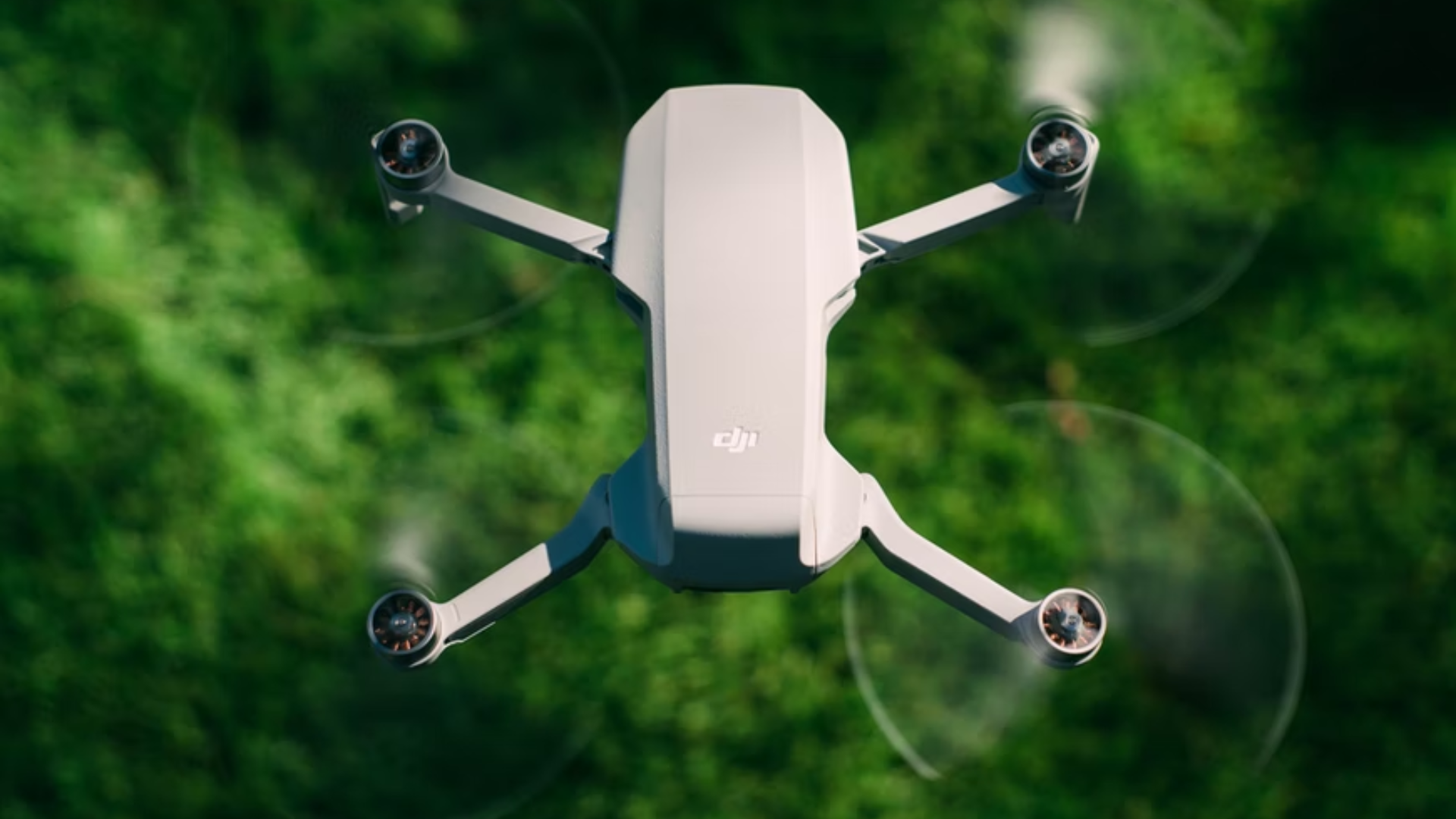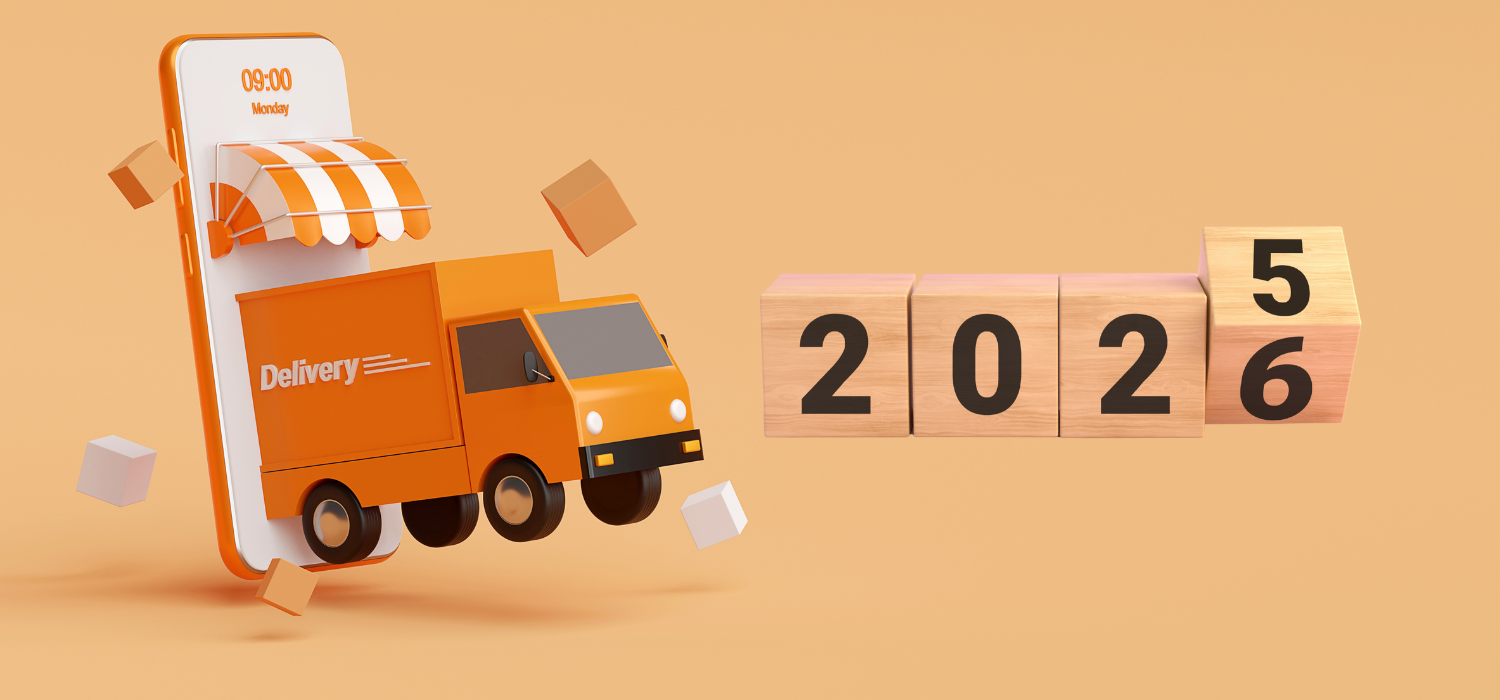We already wondered in a previous article whether drones for goods delivery could really be the new frontier of eCommerce logistics. In fact, 31% of logistics operators had shown interest in introducing drone projects within a few years, while as many as 80% of the supply companies surveyed by the Drones Observatory of the Politecnico di Milano hypothesised a strong development of the market by 2025.
So, to date, what progress has been made? Let us try to take stock of the situation.
The state of the art of the sector
According to the results of the 2021-2022 Research by the Milan Polytechnic’s Drone Observatory, 2021 was a year of recovery for the Italian professional drone market, which recorded +29% in market value compared to 2020, when it was worth €73 million. “At the same time,” reads the Study, “an entirely new market is emerging in which rules, technology, services, regulations and business models have yet to be defined. The Advanced Air Mobility segment could represent an important discontinuity in the urban and extra-urban freight transport sectors in the coming years’. The AAM segment, enabled by large drones, up to a hundred kilos, capable of transporting goods and people, may therefore represent an important paradigm shift for mobility and logistics.
The Drones Observatory also analysed 205 application cases worldwide between 2019 and 2021, 93% of which were implemented in the freight transport sector, showing how, in the opinion of Italians, AAM transport services will be useful mainly for the transport of medical equipment (91%) and goods (80%).
The three areas of drone freight transport
An upstream clarification is important, however. Drone freight includes three distinct areas:
1. Last-mile delivery of small packages delivered to individual customers;
2. Urgent medical delivery;
3. Transport of heavy loads.
There are 190 application cases worldwide studied by the Observatory, 36% of which fall within the scope of last-mile deliveries. According to an EASA study from May 2021, several companies are already investing in the development of these services and have already carried out initial trials.
Drone transport at an international level
The United States has been a pioneer in experimenting with new technologies, so much so that it is now also a leader in terms of supply, with more than ten start-ups active in this field. This is followed by Europe, with more than 50 experiments carried out; while in Asia, the Chinese autonomous vehicle company EHang has already entered into a partnership with DHL for last-mile deliveries in the city of Liaobu. The vehicles are capable of covering a maximum distance of eight kilometres and can carry a maximum weight of five kilos. Thanks to vertical take-off and landing, visual identification, route planning, fully automated flight and real-time connection, the drones then land on specially developed smart lockers for loading and unloading the shipment.
Projects for Italy
To date, the most interesting projects in Italy in this field concern passenger transport. At the forefront is the arrival of the Volocopter air taxi in Rome, while in Milan, in view of the 2026 Winter Olympics, plans are underway to build vertiports within the city’s airports with the aim of offering an alternative shuttle service during the event.
On the other hand, as far as the transport of goods is concerned, the area in which we could soon see new developments is the delivery of medical equipment. In September 2021 ENAC in fact published the National Strategic Plan 2021-2030 for the development of Advanced Air Mobility in Italy, and also last year ENAC and the Municipality of Venice signed an agreement for the activation of an experiment of drug delivery between the city centre and the islands, which are more difficult to reach.
The advantages of transporting goods by drones
However, delivery to more difficult to reach or dangerous areas is not the only advantage of this innovative technology. Indeed, those who have started trials emphasise a drastic reduction in delivery times and environmental impact compared to traditional delivery by vans. In addition, as mentioned above, the first trials have already begun for delivery at Locker and special Pick-up Points, which allow a further level of environmental sustainability compared to traditional home delivery.
Challenges for the future
Once the delivery of small products has been cleared, the main challenge for this technology will then be the transport of heavier loads over long distances. As the Drones Observatory points out, there are still very few manufacturers worldwide that are investing in this. The challenge, therefore, is still open.
If you have an eCommerce store and want to invest in alternative delivery methods, we at GEL Proximity can help you! We don’t fly your goods, we don’t have drones yet, but we can guarantee a flexible and sustainable solution thanks to our nationwide Network of Lockers and Pick-up Points. You can find out more about our services on the relevant page, or contact us for more information now.













